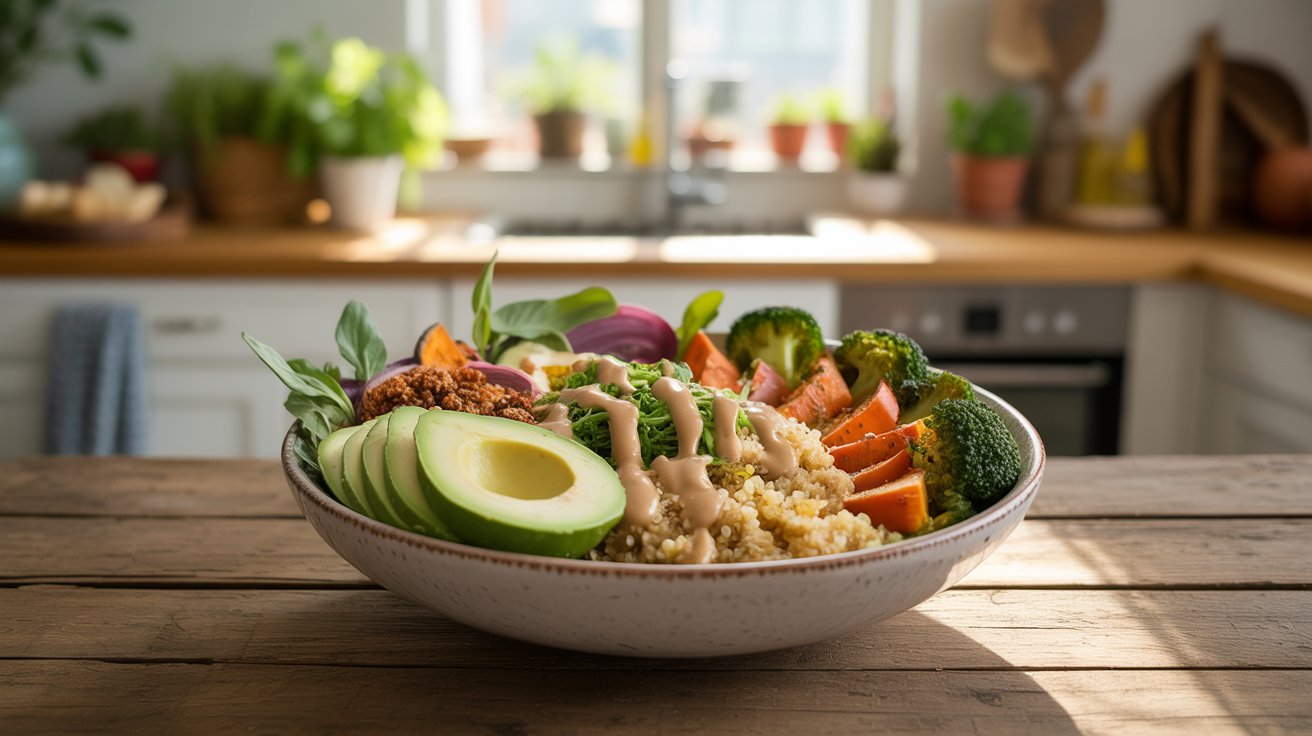Flavor pairing blends science and creativity to create harmonious, memorable dishes. By understanding taste chemistry and aroma compounds, cooks can elevate meals, whether sticking to classics like basil and tomato or experimenting with bold combos like strawberry and balsamic vinegar.
The Chemistry of Taste
Flavor combines taste (sweet, sour, salty, bitter, umami) and aroma, detected by olfactory receptors. Compounds like esters in fruit or terpenes in herbs drive compatibility. For example, tomatoes and basil share linalool, creating a natural synergy, per food science studies. Umami-rich ingredients like mushrooms pair with soy sauce due to glutamate overlap. Understanding these compounds, explored in books like The Flavor Matrix, guides intuitive pairing.
Classic Pairings and Recipes
Classic combos are time-tested. Try a caprese salad: layer sliced tomatoes, fresh mozzarella, and basil; drizzle with olive oil and balsamic; season with salt. The dish balances sweet, acidic, and herbaceous notes. Another winner is chocolate and coffee: make mocha brownies by adding 2 tbsp espresso powder to a brownie batter (1 cup flour, 1 cup sugar, ¾ cup cocoa, 2 eggs, ½ cup butter). Bake at 350°F for 25 minutes. These pairings rely on shared compounds for harmony.
Experimental Pairings
Bold pairings push boundaries. Strawberry and balsamic share fruity esters—toss sliced strawberries with 1 tbsp balsamic and sugar; serve over vanilla ice cream. Bacon and maple syrup, blending savory and sweet, work in a breakfast sandwich: fry bacon, stack on a bun with a fried egg, and drizzle with maple syrup. Experiment at home by combining contrasting flavors (sweet-sour) or complementary ones (umami-savory). Taste as you go to balance intensities.
Tools and Resources
Flavor wheels, like those from the Specialty Coffee Association, categorize tastes and aromas, suggesting pairings (e.g., citrus with seafood). Books like The Flavor Bible list compatible ingredients—cilantro pairs with lime and avocado for vibrant salsas. Online tools, like FoodPairing.com, use algorithms to suggest novel combos, such as chocolate and blue cheese. Keep a flavor journal to track successful pairings and refine your palate.
Applying Pairings in Cooking
Start with small tweaks: add rosemary to roasted carrots for earthy depth. Host a tasting party to test pairings, like pairing wines with cheeses to identify synergies. Balance is key—too much acidity (e.g., lemon) can overpower. Restaurants like Alinea use pairing science for multi-course menus, but home cooks can apply it simply, like pairing grilled salmon with dill yogurt sauce for herbaceous lift.
Conclusion: Flavor pairing merges science and intuition to transform dishes. By exploring classic and experimental combos with tools like flavor wheels, you can create memorable meals. Start with a caprese salad or a bold dessert and elevate your cooking with every bite.
